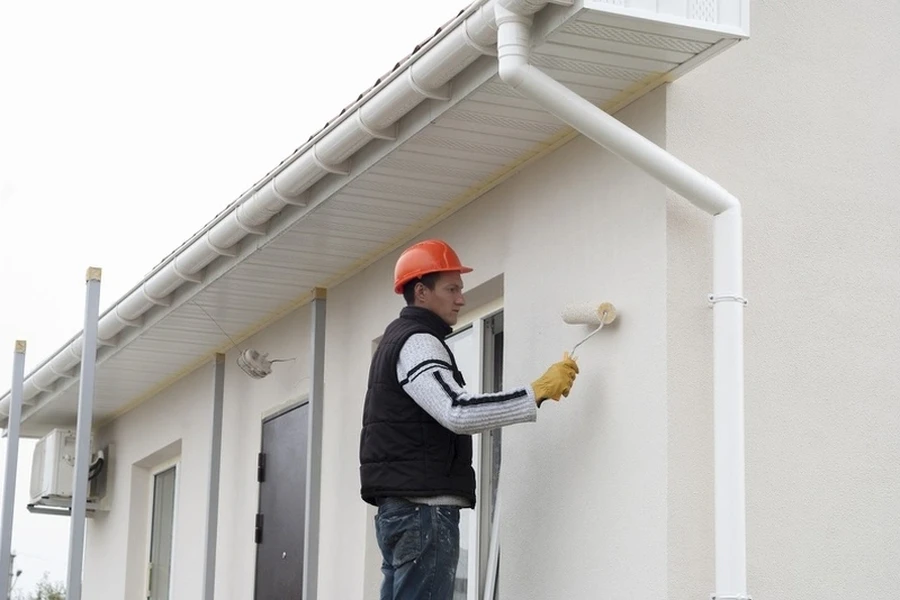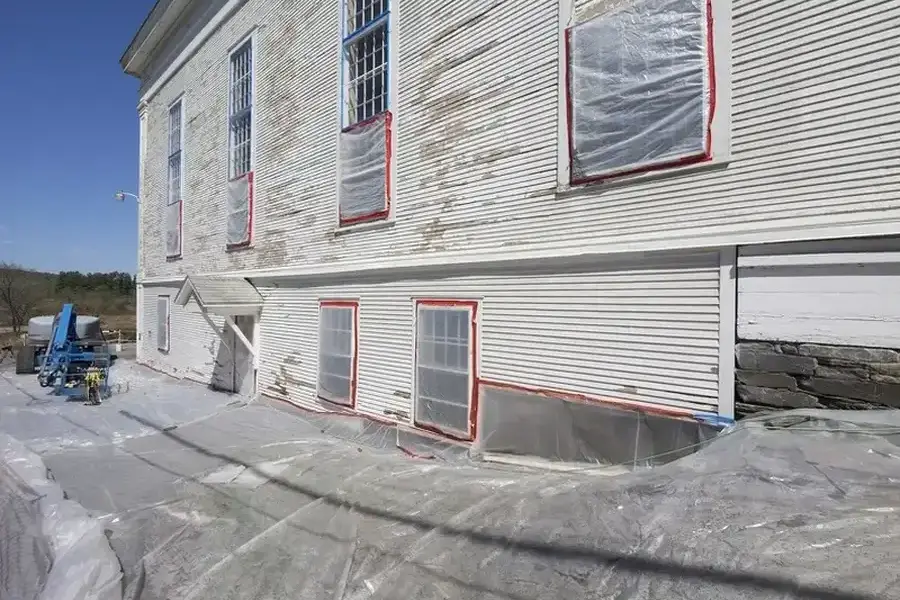The Impact of Weather on Painting Projects
When it comes to painting the outside of a building, weather plays a big role. The paint you use and how it sets can be affected by temperature, humidity, and precipitation. If the weather is too hot or cold, the paint may not stick well. Rain can also ruin fresh paint jobs. Understanding how weather impacts exterior painting helps you plan better and achieve lasting results.
Temperature Effects on Paint Application
Temperature is key when planning your project. For most paints, the ideal range is between 50°F and 85°F. When temperatures are lower than this, the paint might not dry correctly. This can lead to cracks or bubbles later on. High temperatures can cause the paint to dry too quickly, leading to visible brush strokes or an uneven finish. Ensuring the right temperature will result in a more durable and attractive outcome for exterior painting services.
Humidity: Friend or Foe?
Humidity levels affect drying times and adhesion. Paint dries through evaporation. High humidity slows down this process, which can lead to sagging or dripping. On the other hand, low humidity speeds up drying, making it hard to work with the paint. Aim for humidity levels below 70% during application for optimal results. Monitoring humidity ensures that your exterior painting services provide a smooth finish.
Wind’s Influence on Quality
Wind speed often goes unnoticed but is equally important as temperature and humidity. Strong winds can blow dirt onto wet surfaces, ruining the look of freshly painted walls. Wind can also make paint dry unevenly or even blow spray-paint mist far beyond its intended target. Picking calm days for painting makes the process smoother and cleaner.
The Role of Seasonal Changes
Seasonal changes bring different weather conditions that impact painting projects. Spring can be rainy, while summer offers high temperatures. Fall usually provides milder conditions but can have fluctuating weather patterns. Winter is generally not suited for painting due to cold temperatures. Plan your painting projects around seasons that offer stable and favorable weather.
Tackling Common Weather-Related Challenges
- Check forecasts before scheduling your project
- Use weather-resistant materials and paints
- Consider quick-dry paints for humid conditions
- Plan for contingencies like unexpected rain
Best Practices for Successful Painting
For best results, begin with surface preparation. Clean and sand the area to ensure proper adhesion. Choose high-quality paints designed for the specific climate in your area. Finally, apply primer before painting to enhance durability. These steps increase the longevity and appearance of your paint job.
Budgeting Wisely With Weather in Mind
Weather affects both timelines and costs. Delays due to bad weather can increase labor costs. Planning during favorable seasons reduces the risk of such issues. Investing in quality materials may cost more upfront but saves money over time by reducing maintenance needs.
Your Partner for All Seasons
With the right knowledge and preparation, you can navigate weather challenges effectively. Our team at Coastal Painting & Pressure Cleaning Inc specializes in delivering top-notch service no matter the season. Call us at (772) 696-2409 for expert advice tailored to your needs. Based in Vero Beach, FL, we are committed to ensuring your next painting project stands the test of time.


